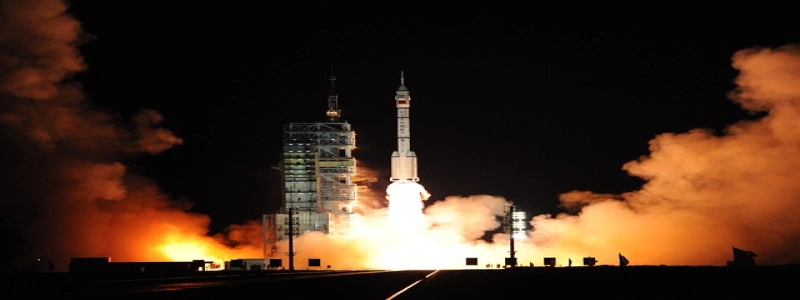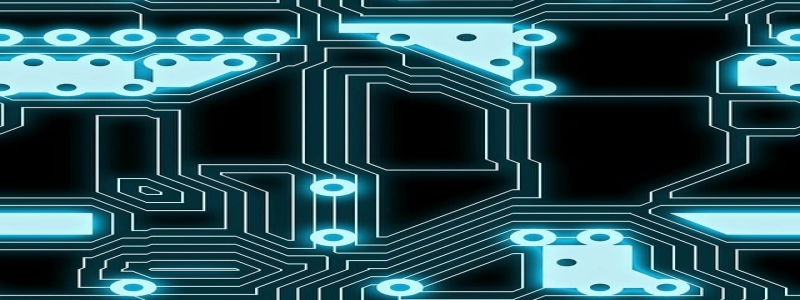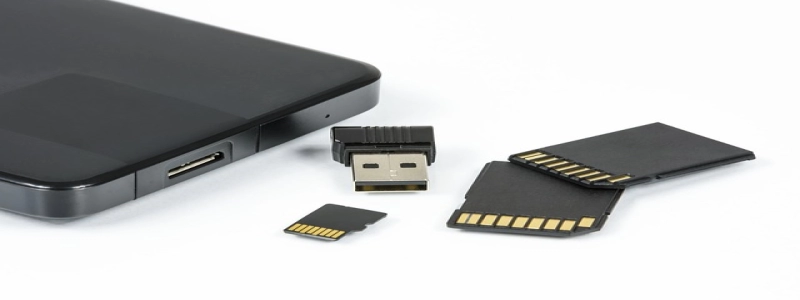When Did Ethernet Come Out
Introduction:
Ethernet is a widely used technology that enables local area networks (LANs) to transmit data packets between devices. It has revolutionized the way computer systems connect and communicate with each other. In this article, we will explore the history of Ethernet and discuss when it was first introduced.
I. The Birth of Ethernet:
A. In the early 1970s, Xerox Corporation’s Palo Alto Research Center (PARC) was working on a project called the Alto. It was one of the first personal computers, designed for research purposes.
B. Robert Metcalfe, a young engineer at PARC, was tasked with creating a way for the Alto to communicate with other devices. He came up with an innovative solution that eventually became Ethernet.
C. Metcalfe’s idea was to use coaxial cable as a transmission medium and a set of rules for data transfer. These rules came to be known as the Ethernet protocol.
II. Ethernet Evolution:
A. In 1972, Metcalfe published a paper titled \”Ethernet: Distributed Packet Switching for Local Computer Networks.\” This paper introduced the concept of Ethernet to the wider community.
B. The first working Ethernet prototype was built in 1973 at PARC. It allowed multiple computers to share resources and communicate with each other over a local network.
C. Over the next few years, Metcalfe and his team at PARC continued to refine and improve Ethernet. They increased its data transmission speed, enhanced its reliability, and standardized its protocols.
III. Commercial Adoption:
A. In the late 1970s and early 1980s, Ethernet started gaining attention from other companies in the technology industry. Xerox offered Ethernet as a product to other organizations.
B. Digital Equipment Corporation (DEC), Intel, and Xerox jointly developed and released the first Ethernet specification in 1980. This specification, called Ethernet Version 1.0, set the standard for future advancements and implementations.
C. As Ethernet gained popularity, its usage expanded beyond research organizations and into commercial settings. It became the de facto standard for LANs, allowing computers to connect and communicate seamlessly.
IV. Ethernet Today:
A. Ethernet has seen numerous advancements over the years, with faster speeds and improved protocols. It has become the backbone of modern computer networks, enabling data transfer at incredibly high speeds.
B. With the introduction of wireless technology, Ethernet has also evolved to support wireless LANs (WLANs). This allows devices to connect to a network without the need for physical cables.
C. Today, Ethernet is used in a wide range of applications, including residential networks, office networks, data centers, and internet service providers. It continues to be the most widely used networking technology globally.
Conclusion:
Ethernet has come a long way since its inception in the early 1970s. From a research project at Xerox PARC to becoming the standard for LANs, it has revolutionized the way we connect and communicate. With its continued evolution, Ethernet will likely remain a crucial component of computer networking for years to come.








